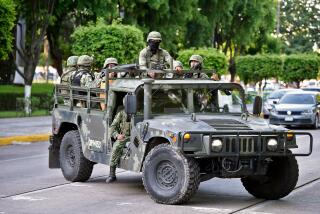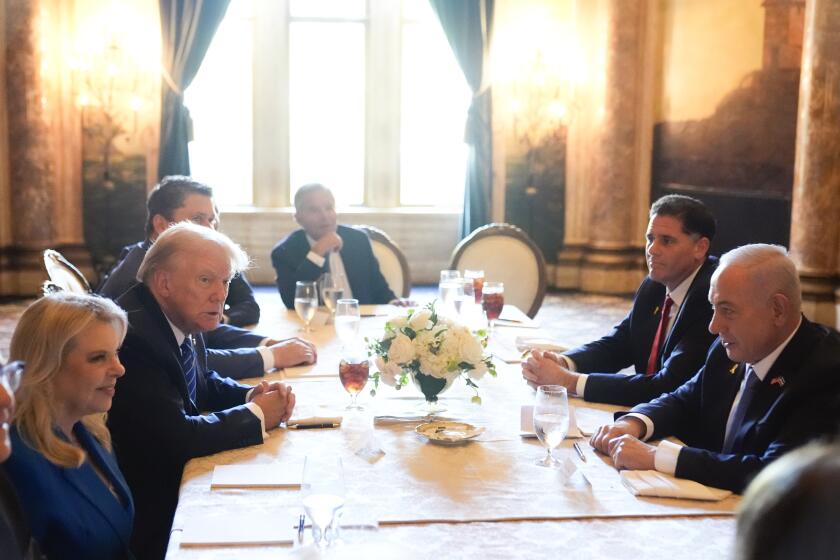Photo Essay : The Face of North Korea
With revolutionary opera booming from the speakers in the Kim Il Sung Stadium, thousands of 6-year-olds performed synchronized splits, cartwheels and back flips in perfect formation. When the music stopped, the children shouted, “We miss the smile of the Great Leader,” and began crying. The crowd of 100,000 North Koreans applauded loudly as the youngsters raced from the field, wiping tears from their cheeks.
It was a daunting display of human conditioning and a clear sign that--almost a year after the Great Leader’s death--the cult of personality with which Kim Il Sung ruled the country for more than 48 years remains firmly in place and that North Korea’s 22 million people are still tightly regimented in what undoubtedly is the world’s most isolated nation.
The symptoms of Kim’s years at the helm can be seen at the Children’s Palace, where thousands of students spend hours each day learning a skill, such as playing the xylophone or dancing ballet. And they perform precisely, although with jarring, robot-like movements; painful, frozen smiles and vacant eyes. On the streets, other children can be seen in their red-scarved uniforms, walking to classes in stiff lines and singing songs extolling either the Great Leader or his policies of self-reliance.
Yet within the bonds of regimentation, the people of North Korea, in talking with Korean-speaking visitors at Pyongyang’s recent sports festival, expressed dogged pride in rebuilding their cities and industries--with Soviet and Chinese help--from the rubble of the 1950-53 Korean War, which began with the North’s invasion of the U.S.-supported South. The North’s mountainous territory is richer in resources than the agricultural South and holds about half the South’s population.
But it is painfully clear that the late leader’s priorities have made life Spartan here. The four- and six-lane roads are virtually empty of cars, and many apartments stand dark at night in a country left with few allies after the fall of the Soviet empire.
The Great Leader, in a manner reminiscent of George Orwell’s Big Brother, still watches over everything, seemingly refusing to relinquish his hold over the people. Huge paintings of him hang in hotel rooms, on the streets and above villages in the countryside.
Citizens wear a pin bearing his image over their hearts. Dozens, if not hundreds, of shelves at the Grand People’s Study House are allotted to copies of the 40 volumes of books the Great Leader penned, including his book of thoughts, titled the Kim Il Sung Encyclopedia.
In the center of major cities, North Koreans gingerly approach the towering bronze statues of Kim, who established a Stalinist government with Confucian overtones here in the wake of World War II and 35 years of Japanese occupation. With heads lowered, flowers in hand, dozens made their way up the staircase leading to a 65 1/2-foot-tall figure of the Great Leader in Pyongyang one morning. After bowing before it, two women began sobbing, wiping their eyes with their dresses.
“President Kim Il Sung is God in our country,” said Li Song Suk, a missionary at the country’s showcase Protestant church.
And now that godly image is being transferred to the Great Leader’s son, Dear Leader Kim Jong Il. Schoolchildren at a mass gymnastics performance repeatedly lauded the Dear Leader by lifting giant colored cards spelling out, “Comrade Kim Jong Il is the same as Comrade Kim Il Sung” and “Our people are happy to have leadership continue from generation to generation.”
More to Read
Sign up for Essential California
The most important California stories and recommendations in your inbox every morning.
You may occasionally receive promotional content from the Los Angeles Times.






